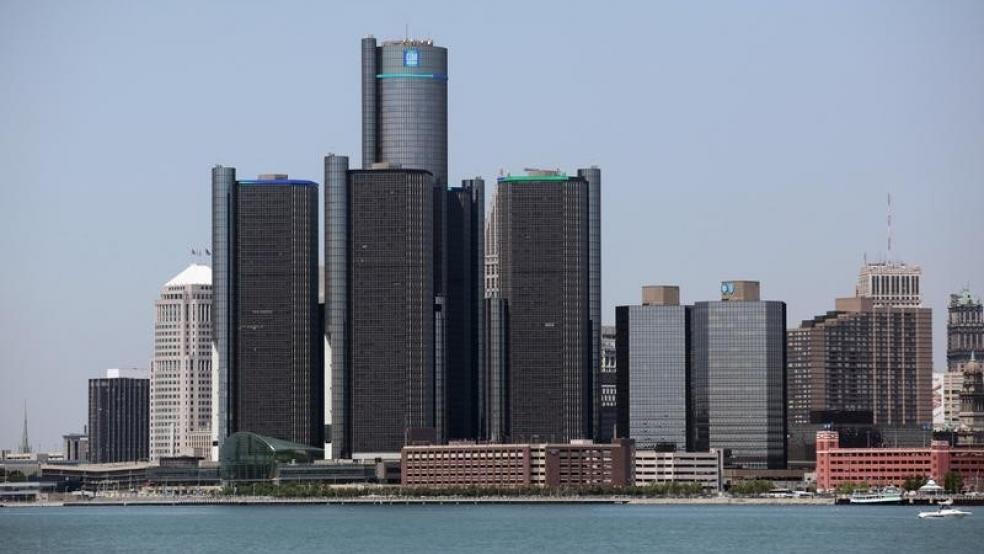NEW YORK (Reuters) - When General Motors Co takes the wraps off its new Cadillac CT6 on Tuesday the most important thing about the vehicle could be what is under its skin.The CT6, to be unveiled ahead of the April 3-12 New York auto show, is an expensive car aimed more at boosting Cadillac’s brand image than sales volume. Among the promised features is a system that will enable partly autonomous highway cruising.But the CT6 could have a broader impact on GM’s future products because of the way it is built. The car is the largest scale application of the company’s new approach to using a mix of steel, aluminum and other materials to build vehicles light enough to meet tougher fuel efficiency standards, but big enough for customers who want spacious cars. GM engineers are studying variations on the CT6’s multi-material construction for at least four other future vehicle architectures and other models could be derived from the CT6's “Omega” architecture, Travis Hester, CT6’s chief engineer, said in an interview.Automakers are under pressure in the United States and China to dramatically increase fuel efficiency over the next decade to reduce greenhouse gas emissions. But as oil prices tumble, consumers in the world’s two richest auto markets are paying premiums for luxury sedans and sport utility vehicles, not small cars.That means automakers are racing to build vehicles that are large, but light.“They need to get the weight out,” says Jeff Schuster, senior vice president for forecasting at LMC Automotive. Some of GM’s big rivals, including Ford Motor Co are moving toward largely aluminum bodies to shed pounds.The CT6’s engineers were headed in the same direction, but then they fed data on the properties of different materials into a computer model designed to show where in the car’s body each would perform best.“What came out was a whole different set of combinations,” said Hester, the engineer. CT6 engineers decided to use high strength steel around the passenger compartment. Aluminum would have been lighter, but steel makes a better sound shield, so the car needs less noise absorbing padding, Hester said.GM saved money by eliminating costly metal-forming dies, in one case replacing 35 parts with one casting.“If done right, mixed materials takes costs out,” said Mark Reuss, GM’s head of global product development.Overall, the CT6 body is about 198 pounds lighter than a comparable body made of steel. Some of the weight savings will be offset by features with more visible showroom appeal, including wheels up to 20 inches in diameter. (Editing by Grant McCool)

